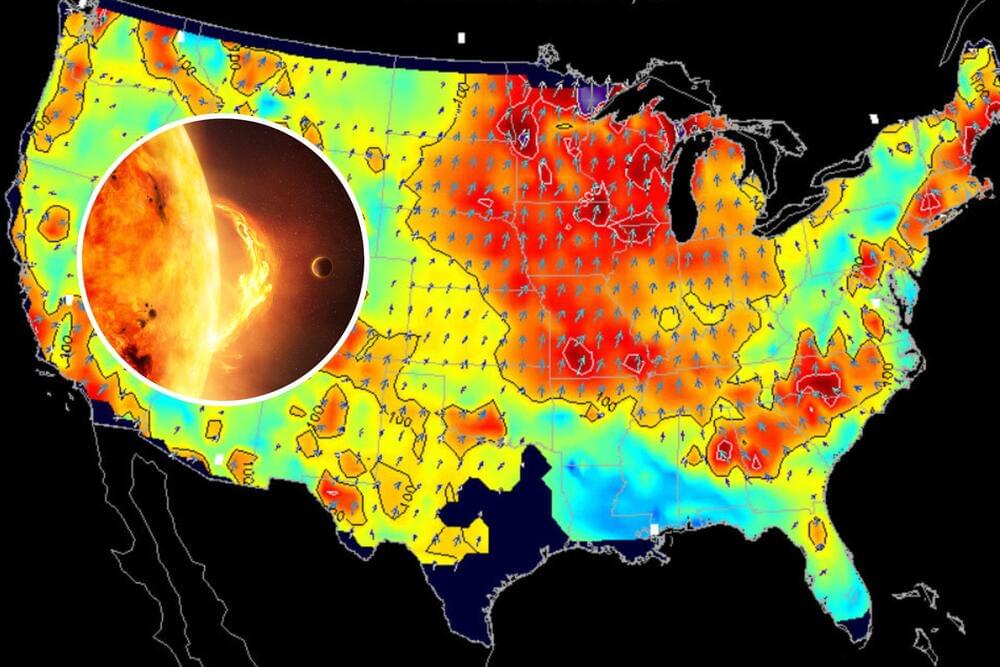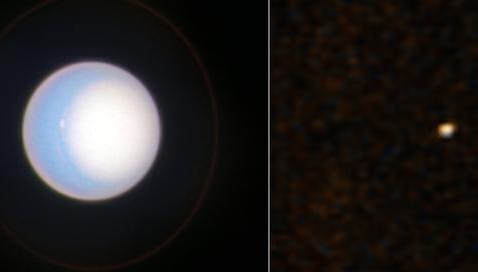The G4 geomagnetic storm that brought auroras across the U.S. also generated electrical currents in rocks under the ground.





“Studying how known benchmarks like Uranus appear in distant imaging can help us have more robust expectations when preparing for these future missions,” said Samantha Hasler. “And that will be critical to our success.”
How can Uranus teach us about exoplanets? This is what a recent study presented at the 56th annual meeting of the American Astronomical Society (AAS) Division for Planetary Sciences (DPS) hopes to address as a team of researchers investigated how gas giants like Uranus can be used to better understand the characteristics of exoplanets. While exoplanets have been discovered using the direct imaging method, no exoplanet has been directly imaged itself. Therefore, this study holds the potential to use gas giant planets within our solar system as analogs for exoplanets throughout the cosmos.
For the study, the researchers analyzed data collected from NASA’s New Horizons spacecraft and the Hubble Space Telescope to study the atmosphere of Uranus in various wavelengths. Both telescopes exhibit different imaging properties, as Hubble is built to obtain up-close images from far away while New Horizons is built to obtain up-close images from close-up. As a result, the images from Hubble revealed far more detail while the images from New Horizons revealed Uranus as a small dot.
“Uranus appears as just a small dot on the New Horizons observations, similar to the dots seen of directly-imaged exoplanets from observatories like Webb or ground-based observatories,” said Samantha Hasler, who is a PhD Candidate at the Massachusetts Institute of Technology and lead author of the study. “Hubble provides context for what the atmosphere is doing when it was observed with New Horizons.”
Evolutionary accounts of feelings, and in particular of negative affect and of pain, assume that creatures that feel and care about the outcomes of their behavior outperform those that do not in terms of their evolutionary fitness. Such accounts, however, can only work if feelings can be shown to contribute to fitness-influencing outcomes. However, simply assuming that a learner that feels and cares about outcomes is more strongly motivated than one that doesn’t is not enough — if only because motivation can be tied directly to outcomes through an appropriate reward function, without leaving any apparent role to feelings (as it is done in state-of-the-art engineered systems based on reinforcement learning). Here, we propose a possible mechanism whereby pain contributes to fitness: an actor-critic functional architecture for reinforcement learning, in which pain reflects the costs imposed on actors in their bidding for control, so as to promote honest signaling and ultimately help the system optimize learning and future behavior.

In a new animation, scientists map the planet’s plate tectonics over the last 40 percent of its history. It’s the longest such reconstruction yet.
This is a ~40 minute talk on the future of medicine from my perspective given remotely to students at the University of Bologna, Italy.

